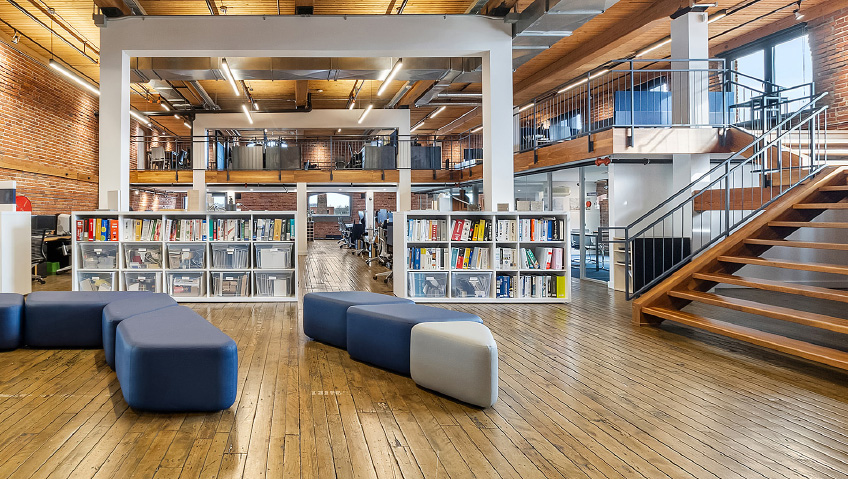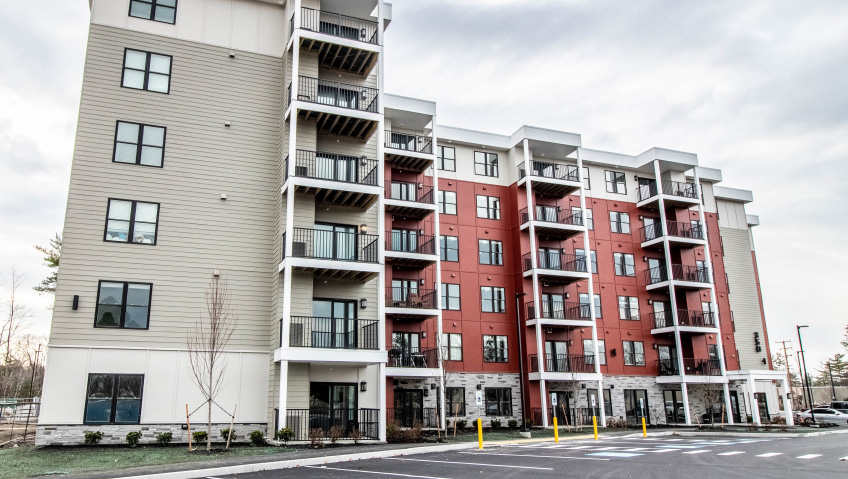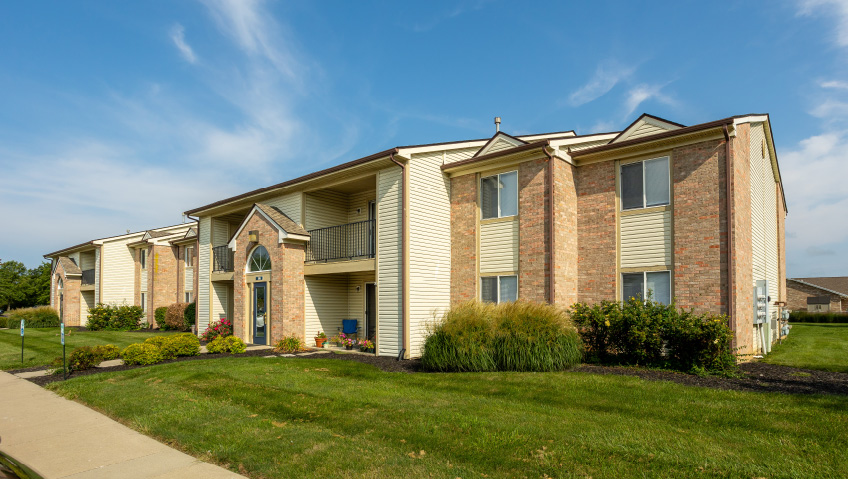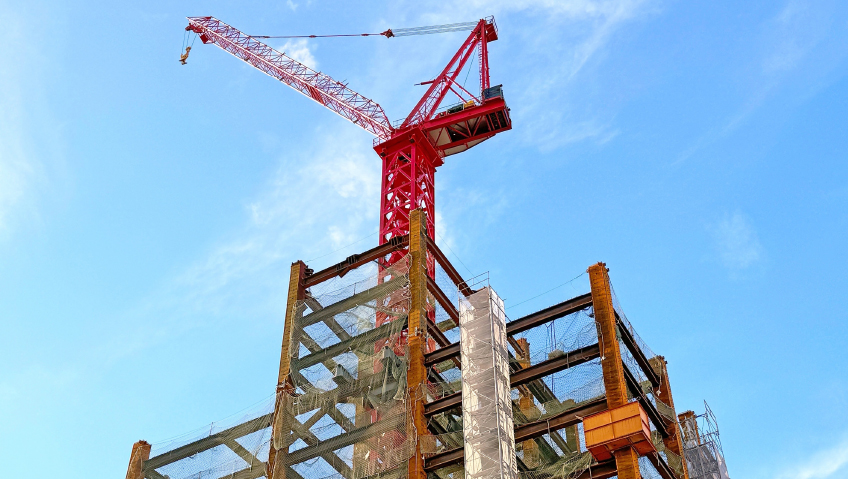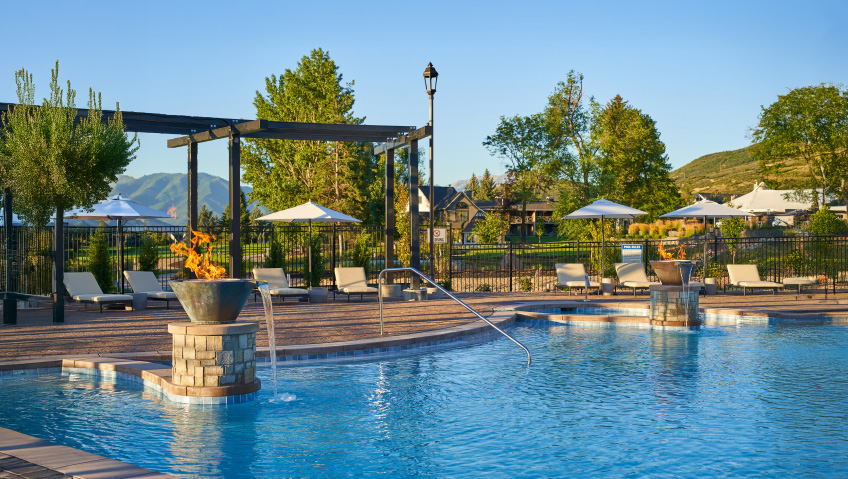For many, the prospect of living in a long-term care facility can be daunting. The unfamiliarity that comes with the environment can trouble those who are entering the next stages of their lives.
Building facilities that create and support healthy communities is important to Pomerleau. The company has a long history and expertise in constructing different kinds of health infrastructure that support the evolving needs of the health care sector. To ensure that each resident can get the care they need, Pomerleau uniquely constructs each facility with the needs of the staff and occupants in mind. Using tools like BIM and pre-fabrication methods, Pomerleau plans the entire construction process around the current operations of the health care facility they are working on, mitigating any unnecessary disruptions, and completing the job in an efficient manner.
With the goal of creating sustainable communities in mind, they are building on their expertise to solidify themselves as industry leaders in health care construction.
Read more about Pomerleau’s work:
Ontario: St Patrick’s Home of Ottawa
To meet the challenges of changing health care requirements for clients and to incorporate the latest technology in caregiving, St. Patrick’s Home of Ottawa mandated Pomerleau to construct a new home and demolish their old facility. The redevelopment project required the construction of a five-storey building with reinforced concrete structure. The floor area provides for a total of 288 beds. The new facility also houses a chapel and a gathering place for residents.
When constructing health care infrastructure, Pomerleau prioritizes the wellbeing of the staff and patients of the existing facility in which they are working. They implement measures throughout the entire construction process to mitigate disturbances. The existing structure at the St. Patrick’s Home of Ottawa housed a 202-bed long-term care unit and remained operational until the new home was completed and residents could be relocated.
Safety around the site for the residents, visitors and staff was of the utmost importance for Pomerleau. They worked closely with St. Patrick’s administration, the Fire Marshall, and all relevant municipal and provincial officials to update all fire and safety management systems and procedures on an ongoing basis. Modifications to the entrance roadways were made to ensure proper accessibility for emergency vehicles and residents with mobility issues.
The project achieved LEED Silver Certification and implemented several sustainable strategies. Pomerleau used material with a high level of recycled content and sourced resources locally whenever possible. The environmental quality of the building was attained through the choice of low-VOC paints and sealants throughout the installation of the new and efficient mechanical equipment. Improving its facilities allows St. Patrick’s staff to provide care for residents in a state-of-the-art facility that conforms to the latest Ontario Ministry of Health and Long-Term Care standards.
Newfoundland: Happy Valley-Goose Bay Long-Term Care Facility
Upgrades made to long-term care facilities can generate several positive impacts for residents and staff of these homes. Taking care of these sensitive environments while modifications are being made to existing infrastructure is important. Pomerleau expanded the Happy Valley-Goose Bay Long-Term Care Home to include a one-level slab with a penthouse extension. The extension hosts 21 resident rooms, a lounge, nursing station with medication room, clean and soiled rooms, and an equipment storage room. It increases the capacity of the home to 70 beds. Site work in the form of asphalt, grading, and landscaping was conducted along the exterior of the extension.
The town of Happy Valley-Goose Bay is home to approximately 8,109 people. The facility was expanded and modernized to respond to population growth within the town and the evolving care needs of residents, and the project is part of a larger effort to preserve long-term care and community support services within the area. The facility remained open while Pomerleau expanded it, allowing for care services to continue. The new additions installed by Pomerleau preserve the facility’s features and ensure that it can continue to respond to the increasing specialized care demands of the community.
“Over the past several decades, Pomerleau has continued to build on its health care experience at both the Provincial and Federal level, working in a number of different communities throughout Atlantic Canada. Whether it be a clinic facility, long-term care facility, or an acute care hospital, our team takes great pride in constructing long-lasting buildings that will benefit our communities and users for years to come,” said Lorin Robar, Regional Vice President of Pomerleau’s Atlantic Canada division.
Quebec: Seniors’ Homes and Alternative Homes
Pomerleau’s Seniors’ Homes and Alternative Homes project consist of the construction of facilities that bring together households, warm welcoming spaces, public spaces, and support services. In the regions of Laval, Lanaudière, and Laurentides, Quebec, Pomerleau is building ten seniors’ houses and alternative houses varying from two to four floors each with 48, 72, or 96 rooms, for a total of approximately 600 places intended for seniors and adults with special needs.
Pomerleau aims to build communities that give residents spaces to thrive. To make the environment of the seniors’ homes and alternative homes more welcoming, the outdoor spaces of the homes are anchored using an approach that aims to bring occupants closer to nature. The landscaping of the houses promotes conservation and offers proximity to the natural and therapeutic resource that is nature. Outdoor spaces throughout the homes like prosthetic and memorial gardens offer stimulating spaces for walking, socializing, meditation, and rest. To create a familiar, comfortable, and safe living environment, the homes reflect the characteristics of the regional grouping, offering an abundance of light and natural and neutral finishes to encourage tranquility.
A simple structure was used to build the homes, with regular wefts allowing flexibility and layout possibilities. A reinforced concrete structure for the wings and a steel structure for the entrance canopies were developed while considering the acoustic requirements and resistance. The civil works planning approach favoured quality pavements and concrete structures. Stormwater management systems were used to promote infiltration, which is in line with the principles of sustainable development and LEED. The topographical features of the sites are used to optimize the management of materials and to offer sites that are adapted to their own environments.
The project design is oriented around three axes of intervention in sustainable development: health, comfort and well-being, and the environment and climate change. It intends to create a positive impact on residents. The project is aiming for LEED V4 certification and incorporates several strategies to achieve this sustainability goal including the use of healthy materials, no harmful emissions, and air quality tests before occupancy. Access to stimulating outdoor spaces, natural light, thermal comfort spaces, and quality exterior views were other strategies implemented to support the LEED certification goals. Pomerleau also achieved 20 percent energy and water savings compared to the LEED reference.
An expertise built to last
The comfortability, health, safety, and wellness of seniors and staff in long-term care homes are central to the design and construction of these facilities. This type of infrastructure requires special components and expertise in industrial mechanics, and Pomerleau provides customary specialized expertise to each site it is on. They understand that these homes are essential to Canadian communities.
To foster these communities, Pomerleau incorporates immersive facilities within and outside the homes. Interactive spaces where residents can meet, learn, and grow are essential to the longevity of these care centres. Pomerleau builds durable, long-lasting care homes by using sustainable materials and applying innovative methods to the construction process. They plan for the future of the home, its residents, and its staff by applying sustainable strategies to their work during pre-construction, construction, and after the building is handed off to the client. Pomerleau is committed to showing that people are at the heart of their work by honouring a variety of lifestyles in every building they build.


